Go back to Page One: Hot Mirrors, Regular NDs, IRNDs
Continue on to Page Three: TrueND Filters with the RED Epic
The next big question, though, is whether they cut far red/IR and, if so, on which cameras are they useful? Filters that work on Alexas (IRNDs) tend to work on everything but RED cameras, and filters that work on RED cameras (hot mirrors) tend to work only on RED cameras. Here’s what my tired old IR chart looks like when shot through regular NDs:
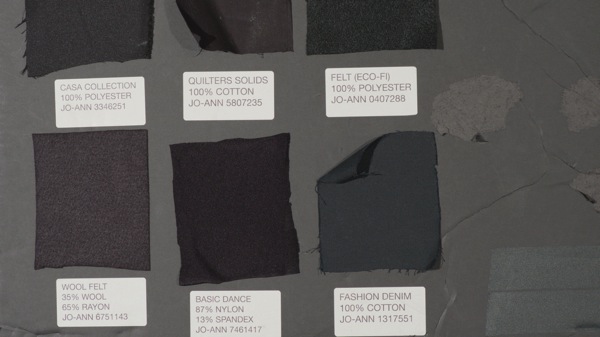
This is my homemade IR (far red) chart shot on an Alexa with no ND. You can see that the fabrics are mostly neutral black, but the first two in the second row and the middle one in the top row are turning a little bit red. That’s okay, this is exactly what I saw by eye. Quite a few fabrics will shift color in the presence of light that contains a lot of red, and that describes tungsten light perfectly: lots of red, not much blue.
There’s a simple preproduction trick for detecting whether a fabric will reflect IR without using a camera. Read on to the end and I’ll let you in on that secret.
Tungsten light is a bit of a torture test for IR filters. There’s a lot less IR in daylight than in tungsten and NDs are primarily used in daylight, so I’m hitting these fabrics with a lot more IR than most IR filters are designed to handle.
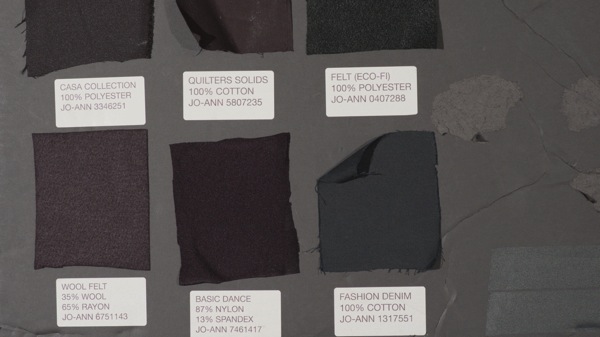
Above: Alexa, Schneider ND .30. Fabrics are starting to turn maroon.
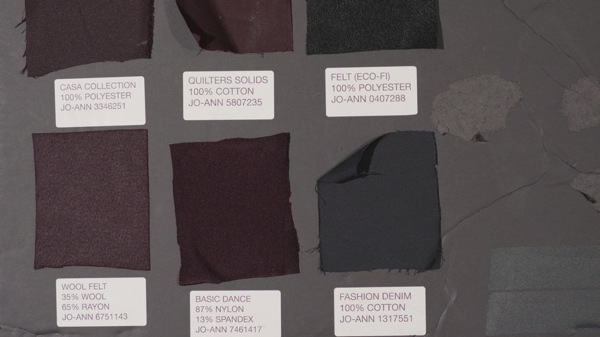
Above: Alexa, Schneider ND .60. The two fabrics on the right are the only ones that aren’t bright red.
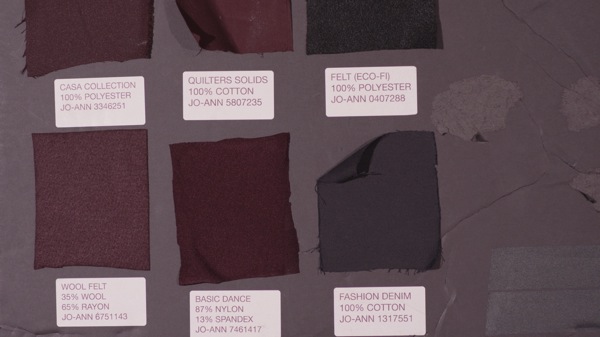
Above: Alexa, Schneider ND .90. Wow, that’s a lot of red. The overall maroon cast is from the filter itself changing color.
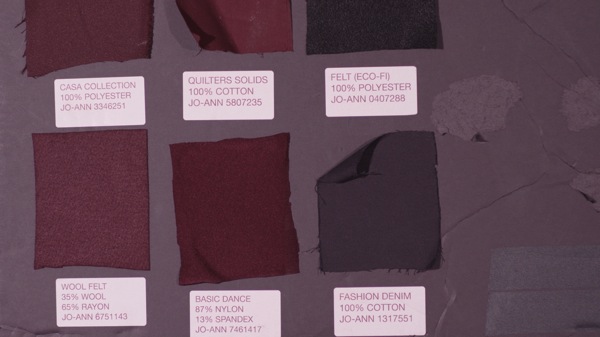
Above: Alexa, Schneider ND 1.2. Are the fabrics on the left bleeding?
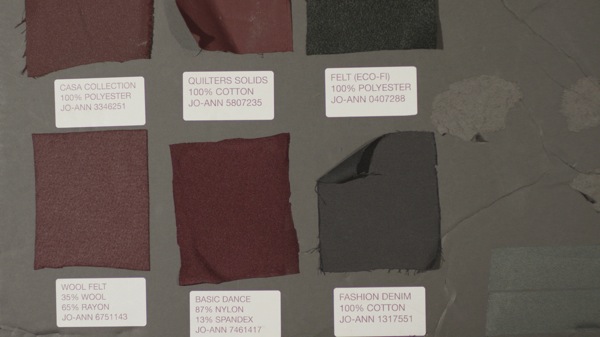
Above: Alexa, Tiffen ND 1.5. This filter shifts color a little bit yellow-green.
Now that you know what the chart looks like with regular NDs, let’s try the TrueND filters and see what happens:
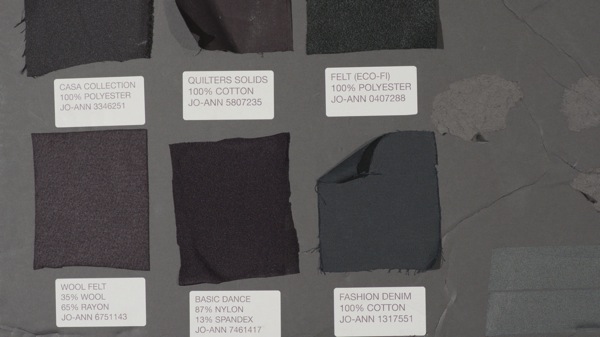
Above: Alexa, TrueND .30.
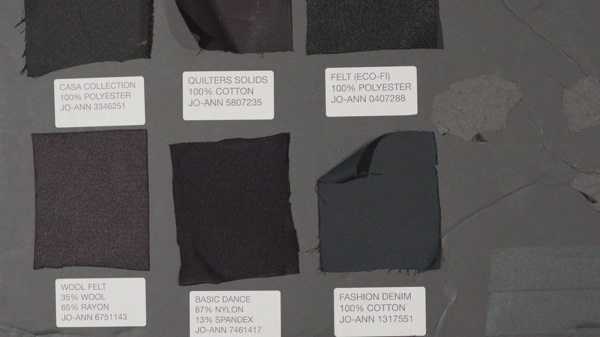
Above: Alexa, TrueND .60.
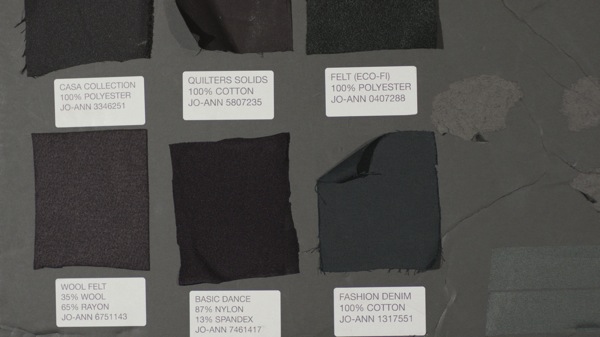
Above: Alexa, TrueND .90.
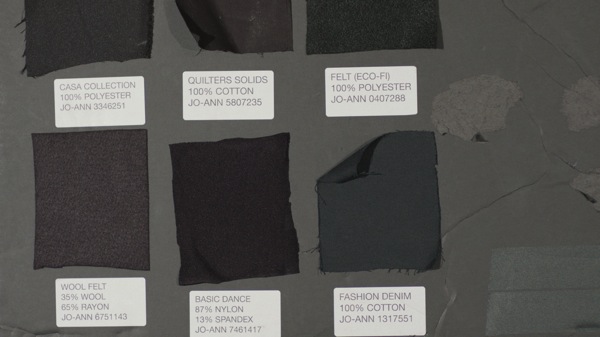
Above: Alexa, TrueND 1.2.
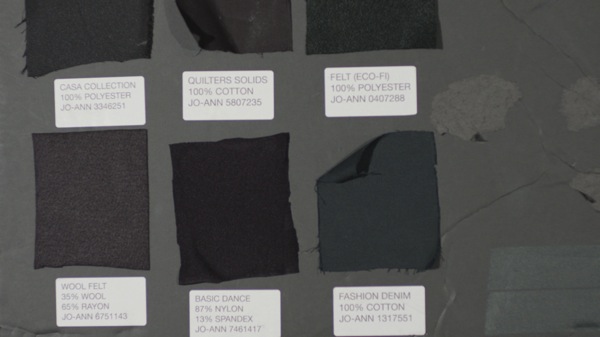
Above: Alexa, TrueND 1.5. And, once again, no ND at all:
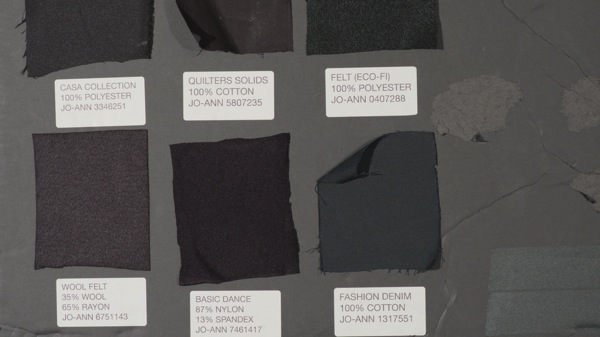
I’m going to say that every TrueND filter did an incredible job cleaning up far red/IR. Each image looks cleaner than even the image without any filtration at all. They almost look too good. More on that later.
The real test is whether these filters will work on a RED Epic. Here’s what the chart looks like with no filter:
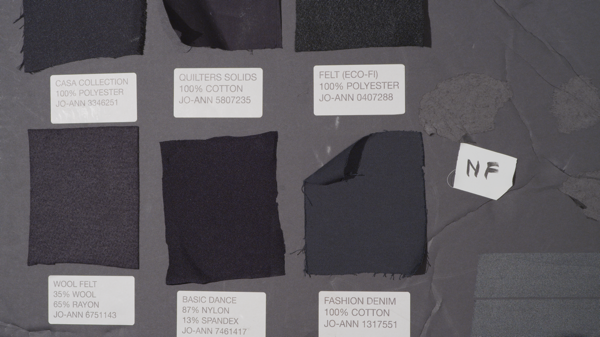
I white balanced on the back of a DSC Labs OneShot chart, the same as I did with the Alexa, and finessed the white balance further in RedCine Pro. I then copied this white balance onto all the other clips. (I should note that I slated all the earlier clips before remembering that I used to mark the chart with bits of tape.)
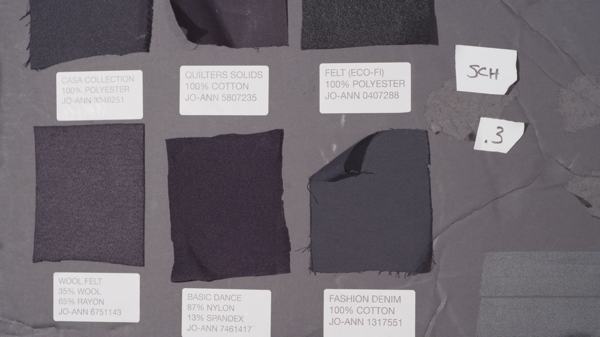
Above: Epic, Schneider ND .30. I’m starting to see some color change on the bottom middle patch.
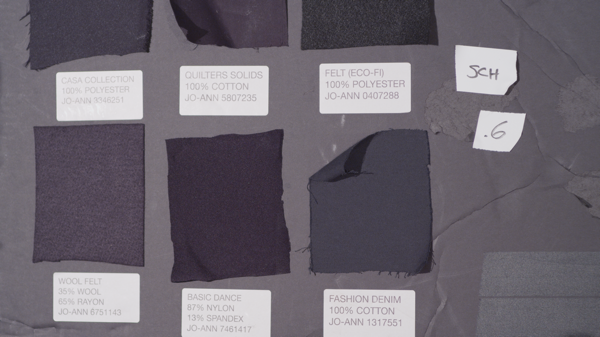
Above: Epic, Schneider ND .60. Seeing a little more color now.
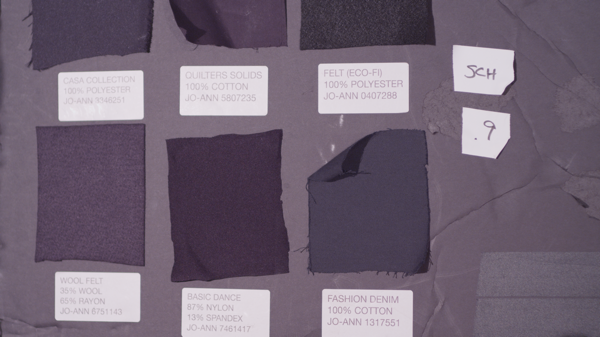
Above: Epic, Schneider ND .90. My experience has shown me that IR contamination in RED cameras tends to appear red in daylight and blue under tungsten light. While the overall image is magenta due to the color shift in the Schneider ND the fabric is turning purple as the blue channel sees more IR.
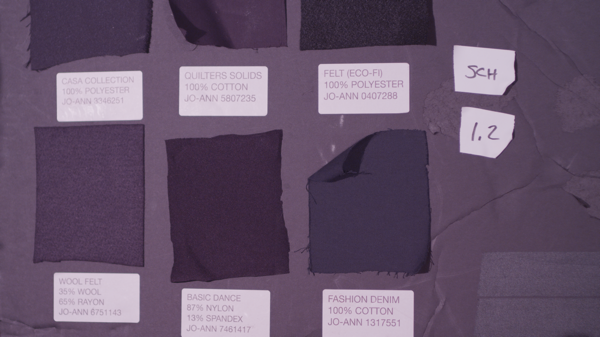
Above: Epic, Schneider ND 1.2. Overall magenta shift, black fabric patches become a bit more blue.
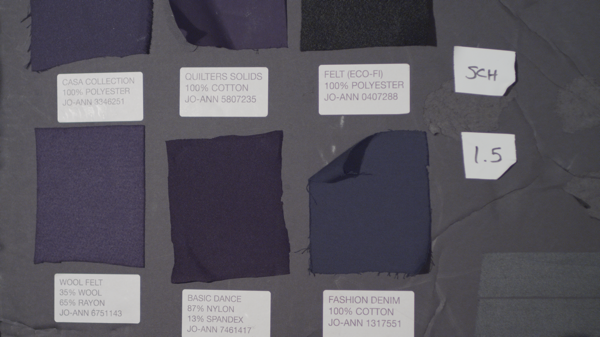
Above: Epic, Tiffen ND 1.5 (mislabeled as a Schneider… have I mentioned how tedious these tests are?).
Without the magenta cast of the Schneider filters we can much more easily see how the Epic is seeing the far red/IR in tungsten light in both the blue and red channels, as the fabrics are turning a bit purple through the Tiffen filter but the filter itself is a lot more neutral in color.
Go back to Page One: Hot Mirrors, Regular NDs, IRNDs
Continue on to Page Three: TrueND Filters with the RED Epic
